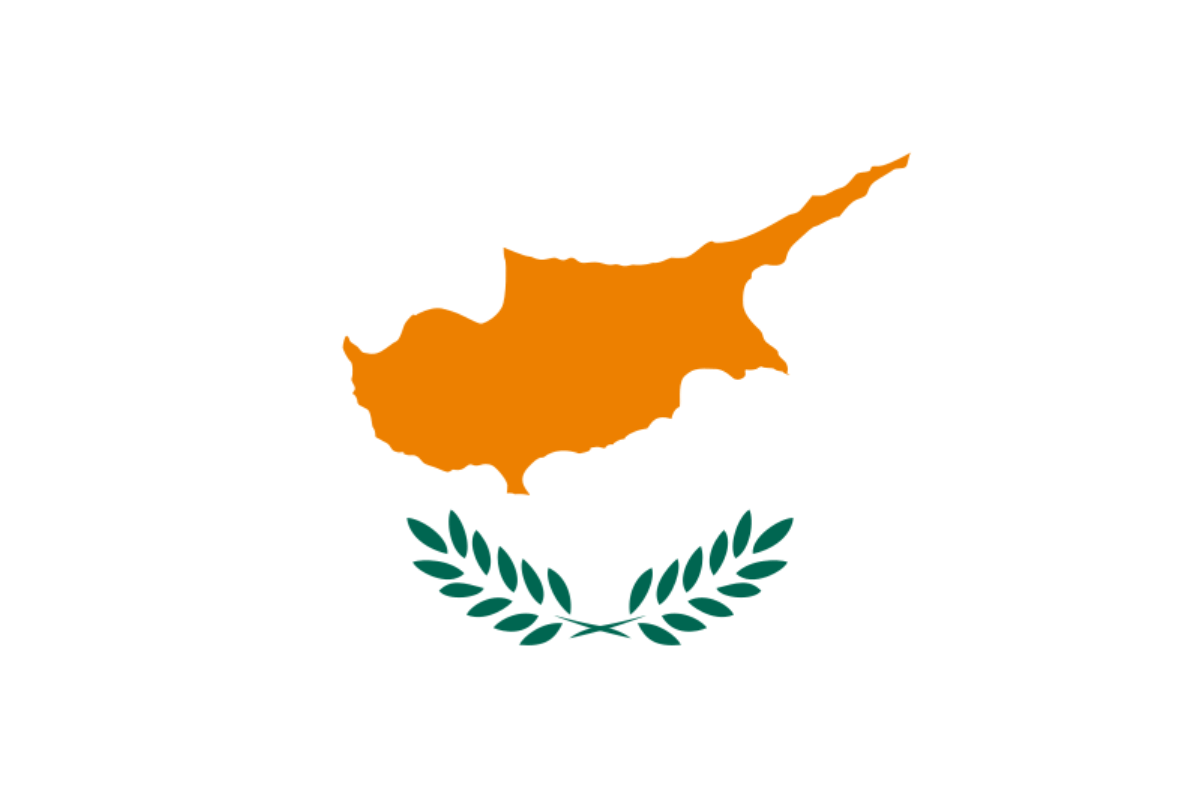The national animal of Cyprus is the Cypriot mouflon. This is a species of wild sheep native to the Greek island. The mouflon is considered to the ancestor of all domestic breeds of sheep. There are five subspecies of mouflon and it’s believed that they were introduced to Cyprus during the Neolithic, or new Stone Age.
The mouflon is a fairly interesting animal, then, since it may well be the ancestor of one of the most important domestic animals in human history.
Mouflon are in any case important national symbols in Cyprus and have been for a long time, so let’s find out more.

What is the national animal of Cyprus?
The national animal of Cyprus is the mouflon.
Mouflon are a species of wild sheep which are found in several parts of the world, and there are five recognized subspecies.
They are mostly found in southeastern Turkey, Armenia and Azerbaijan, as well as Iran’s Zagros Mountains.
As mentioned, it’s believed that they were not originally native to Cyprus but were introduced there in the later part of the Stone Age by settlers.
Comparison of mitochondrial cytochrome gene sequences has shown three groups of sheep: pachyceriforms, Argaliforms and Moufloniforms.
The Moufloniforms are, unsurprisingly, the species we’re concerned with and are found across Eurasia, as mentioned.
This indicates that mouflon and domestic sheep are very closely related and that perhaps all breeds of domestic sheep derive from mouflon.
The mouflon has reddish to dark brown coats with short hair, with dark black stripes and ventral areas.
Males are horned, and their horns can curve almost for a full revolution, as long as 85cm.
Females generally do not have horns although they certainly sometimes can.
They stand around a meter tall at the shoulder and weigh anywhere from 35 to 50 kg.
They have a strict social structure based on dominance hierarchy.
Rams will compete for dominance before the mating season in the late autumn and early winter, which is where their large horns come in useful.
Rams fight for the opportunity to mate, typically with only the dominant male being able to mate.
Ewes, though, can often breed even at lower social status.
Their pregnancy lasts around five months, producing usually one but sometimes two offspring being born in the spring.
They are a strictly protected species in most places they are found, though hunting is permitted with a special license in Turkey and Iran.
In Cyprus, they are strictly protected and hunting is not allowed.
Why is the mouflon the national animal of Cyprus?
The mouflon represents a number of important things to the people of Cyprus.
It has naturally been a very important part of the country’s history; it was introduced to the island long before any living memory can point to a particular point.
As suggested, most believe it was moved there in the Neolithic period.
They are symbols of Cypriot culture in the sense of their quiet beauty and grace.
They are also seen, more generally, as embodiments of Cypriot natural beauty.
Though we have become somewhat accustomed to sheep and goat-like animals like this, they are nonetheless very beautiful animals and the males with the largest horns are extremely striking and impressive to look at.
Cyprus is of course world renowned for its natural beauty and the mouflon is seen by the local people as an important part of that.
Though the mouflon is not considered to be an endangered species, they are, globally, listed as near threatened by the IUCN.
They are strictly protected in Cyprus, as mentioned, but making them the national animal can also bring to attention the fact that they could be threatened in the future if things continue as they are.
Is a mouflon a goat or a sheep?
The mouflon is a sheep, not a goat.
Goats and sheep are of course somewhat closely related, but they belong to two separate genera.
Sheeps are Ovis, whereas goats are Capra.
They do, however, both belong to the broad Caprini tribe.
So, again, the relationship is not that distant.
Mouflon, then, are Ovis, and not Capra.
Indeed, as mentioned, not only are they in the same genus as domestic sheep, but they are considered to be the likely progenitor of all modern sheep species.
To look at a mouflon you might be forgiven for thinking it a goat, but they are in fact definitely sheep.
How many mouflons are there in Cyprus?
There are estimated to be around 3,000 mouflon in Cyprus.
Their numbers had declined quite dramatically leading up to the year 1960, but measures were swiftly taken to ensure their continued survival.
Their numbers subsequently grew satisfactorily and today they are strictly protected meaning that they their numbers will likely remain steady and possibly even increase.
Mouflon is sometimes eaten as a delicacy, although generally the meat is considered to be very tough, though it does have health benefits.
For that reason, it is not extensively farmed and most of the mouflon in Cyprus are wild populations.
The mouflon all by itself is a striking and beautiful animal.
Their horns are impressive and aesthetically pleasing to the human eye, and they come in many striking color variations.
But beyond that, they seem to have played such an important role in human history that their place in Cypriot life today remains as important, even if only symbolically, as it ever was.

